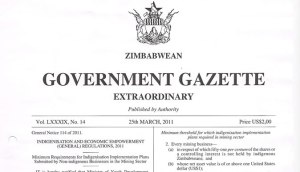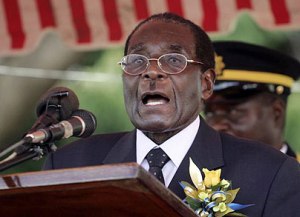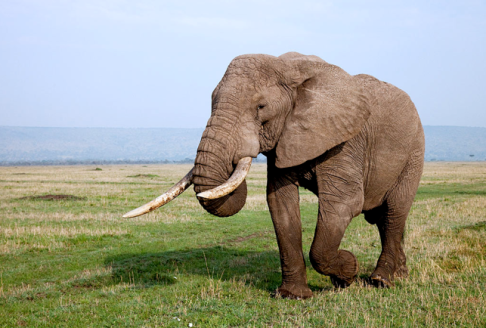Hi, I went to the same secondary school (Peterhouse Boys) of the documentary filmmaker [Dan Calderwood was 5 yrs my senior]. In my last blog entry i wrote about politicians who were engaging in poaching & what risks it posed to conservancies & wildlife parks. This short documentary highlights how rhino’s are being hunted to near extinction.
As of the latest news there has been no respite for Save` Valley Conservancy. Even though the President has condemned the actions of those involved and called for all conservancies to be turned into national parks. Evidence on the ground suggests little action, more like rhetoric from politicians trying to score points. http://allafrica.com/stories/201210270153.html <— This report details the on-goings happening in Save Conservancy.

One of the ZANU PF ‘beneficiaries’ of conservancy land leases and hunting licences is reportedly being investigated for poaching, as the future of the Save Valley Conservancy remains unclear.
Former ZANU PF Minister and ‘war vet’ Shuvai Mahofa, referred to as the Masvingo ‘Iron Lady’, is reportedly being investigated after a butchery she allegedly runs in Gutu was raided by police. According to a NewsDay article, three buffalo carcasses and other game meat was discovered.
Mahofa was one of a group of mainly ZANU PF linked individuals who were granted a hunting licence by National Parks in August. She and the group of so-called ‘indigenous farmers’ were given the licences and 25 year land leases as part of the ZANU PF led indigenisation campaign.
What then is the future of conservancies? In particular Save` Valley conservancy which is the world’s largest. Johnny Rodrigues, the chairman of the Zimbabwe Conservation Task Force has proposed that all leases should be withdrawn & a putt a moratorium on all hunting activities. Mr Rodrigues thinks this will provide the best solution. He describes the plans to turn the conservancy into a national park as trying to “hoodwink” people ahead of the U.N.T.W.O meeting taking place next year. My views on this matter is that little will be done without some political pressure from entities i.e the E.U (threat of Sanctions) or trying to save face ahead of the 2013 U.N.T.W.O meeting taking place in Victoria Falls, Zimbabwe.



